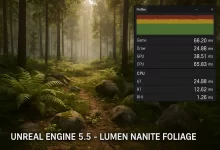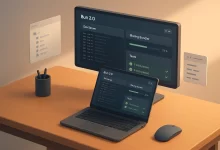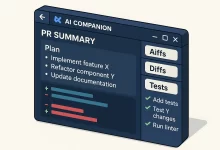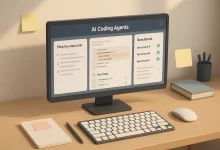Today, July 10, 2025, Nvidia’s co-founder and CEO Jensen Huang dropped a major bombshell: he’ll sit down with President Trump at the White House later this week, just before heading to China for critical talks. From my desk at the local coffee shop, I couldn’t help but smile—this is tech diplomacy at its finest, with one of the world’s most valuable companies front and center in global policy.
Let’s set the stage. Nvidia’s stock has rocketed past a $4 trillion valuation, making it the first firm ever to hit that stratosphere. You might have caught the headlines: investors have been piling in, convinced that GPUs are the linchpin of the AI revolution. But there’s a catch—recent U.S. export rules bar Nvidia from selling its flagship H20 AI chip to Chinese customers, potentially shaving billions off revenue.
I remember when Nvidia first teased its H20 architecture—promises of double-digit performance wins in data centers, slick new tensor cores for faster AI inference. Fast forward to Q1, and the White House clamps down, cutting off sales into China. Analysts estimated a $2.5 billion hit in Q1 and forecast up to $8 billion in Q2. For a company built on growth, that kind of gap demands high-level conversations.
Enter the White House meeting. Huang’s slated to discuss how Nvidia can balance national security concerns with the realities of an interconnected supply chain. He’s walking into the Oval Office knowing that U.S. leaders want to safeguard advanced AI tech, but he’s also got to protect shareholder value and global partnerships. It’s a delicate dance—technology serving both innovation and geostrategic goals.
From a personal angle, I chatted with a friend who runs a small AI startup. He told me how quickly development cycles hinge on access to top-tier GPUs. Ever since the export ban, he’s had to scramble for capacity through cloud providers. If Huang can smooth some of these wrinkles, it might open backchannels for cloud-based AI services that bypass the hardware embargo.
Before this White House visit, Huang will fly to Beijing—his third official tour of China since the ban. He’s meeting with senior executives at China’s leading tech firms and government officials to negotiate potential workarounds. Rumors hint at joint ventures for locally manufactured GPU variants or on-shore AI service offerings that skirt direct chip exports.
Back in Washington, the optics couldn’t be sharper. Nixon’s visit to China in 1972 is often cited as a breakthrough moment; today’s tech ties may be a 21st-century parallel. Both sides know AI’s strategic importance: economic growth, military applications, national prestige. Huang’s role isn’t just corporate—it’s diplomatic, making him one of the few tech CEOs shaping international relations directly.
On the trading floor, Nvidia shares have held firm despite the export drama. Traders seem to believe that any White House thumbs-up or revised policy tweak could send the stock even higher. It’s a bet on Huang’s persuasive powers—will he walk away with eased restrictions or new licensing paths that keep Chinese demand alive?
Later this year, Nvidia plans to unveil its next “Blackwell+” series, promising another leap in performance-per-watt. If Huang secures more flexible export terms, those chips could hit Chinese data centers fast, unlocking new revenue streams. And don’t overlook software: Nvidia’s CUDA ecosystem remains the default for AI development worldwide, giving the company leverage far beyond hardware alone.
Still, the risk is real. An outright denial of export relief could force Nvidia to carve China out of its long-term forecasts completely. It’s a scenario Huang hinted at earlier—no more Chinese revenue guidance until policy shifts. That would rack up uncertainty for investors and could slow the company’s AI momentum for quarters to come.
As I closed my laptop and stepped out onto a sunlit street, I reflected on how tech and geopolitics are now inseparable. From GPUs powering generative AI to CEOs influencing trade policy, we’re in a new era. When Jensen Huang meets President Trump tomorrow, he’ll be charting a course not just for Nvidia, but for how emerging technologies navigate an ever-complex global landscape. And that’s a story worth watching.

 FoxDoo Technology
FoxDoo Technology







